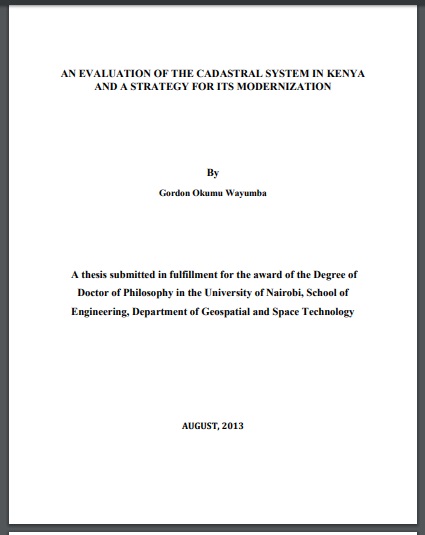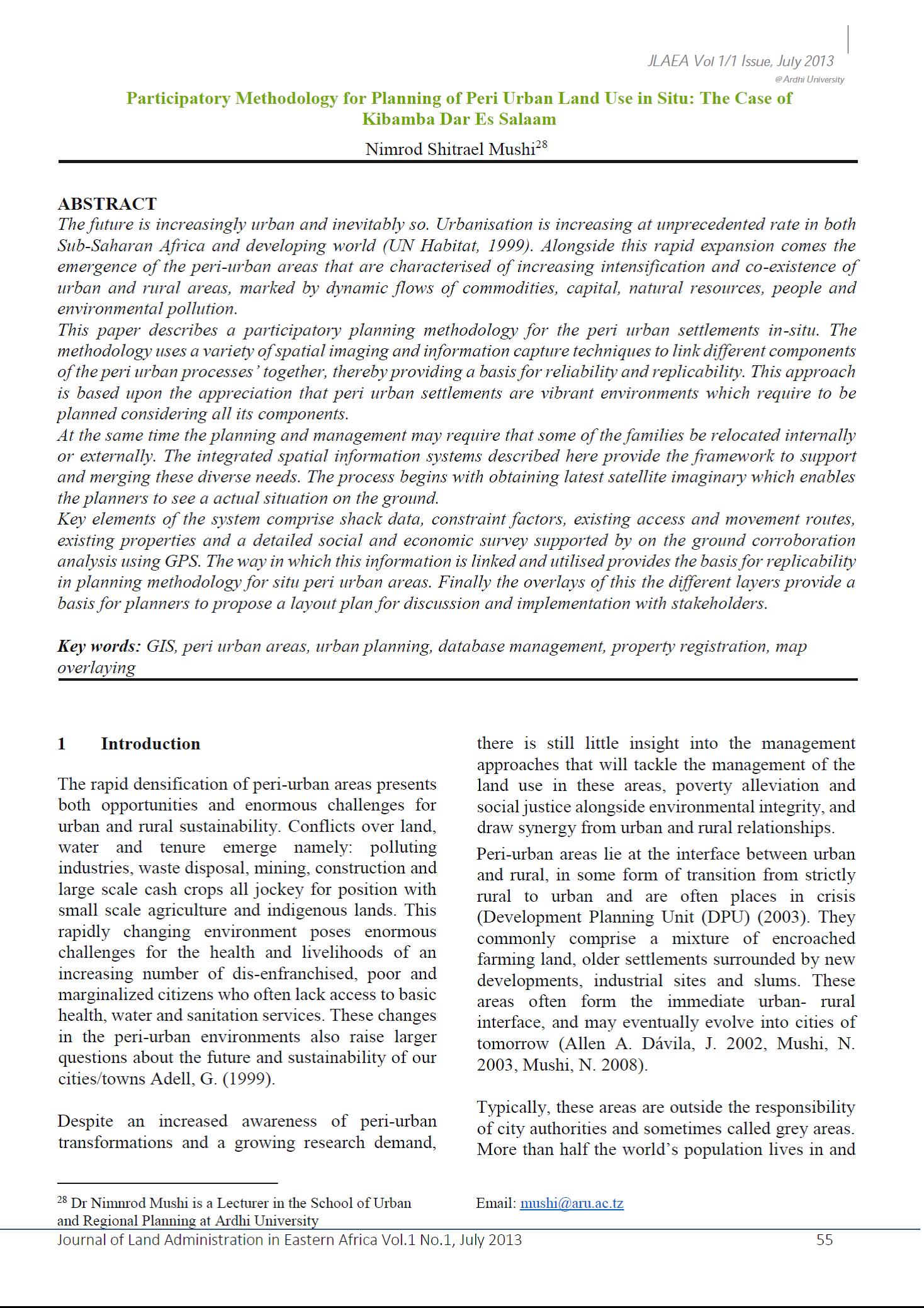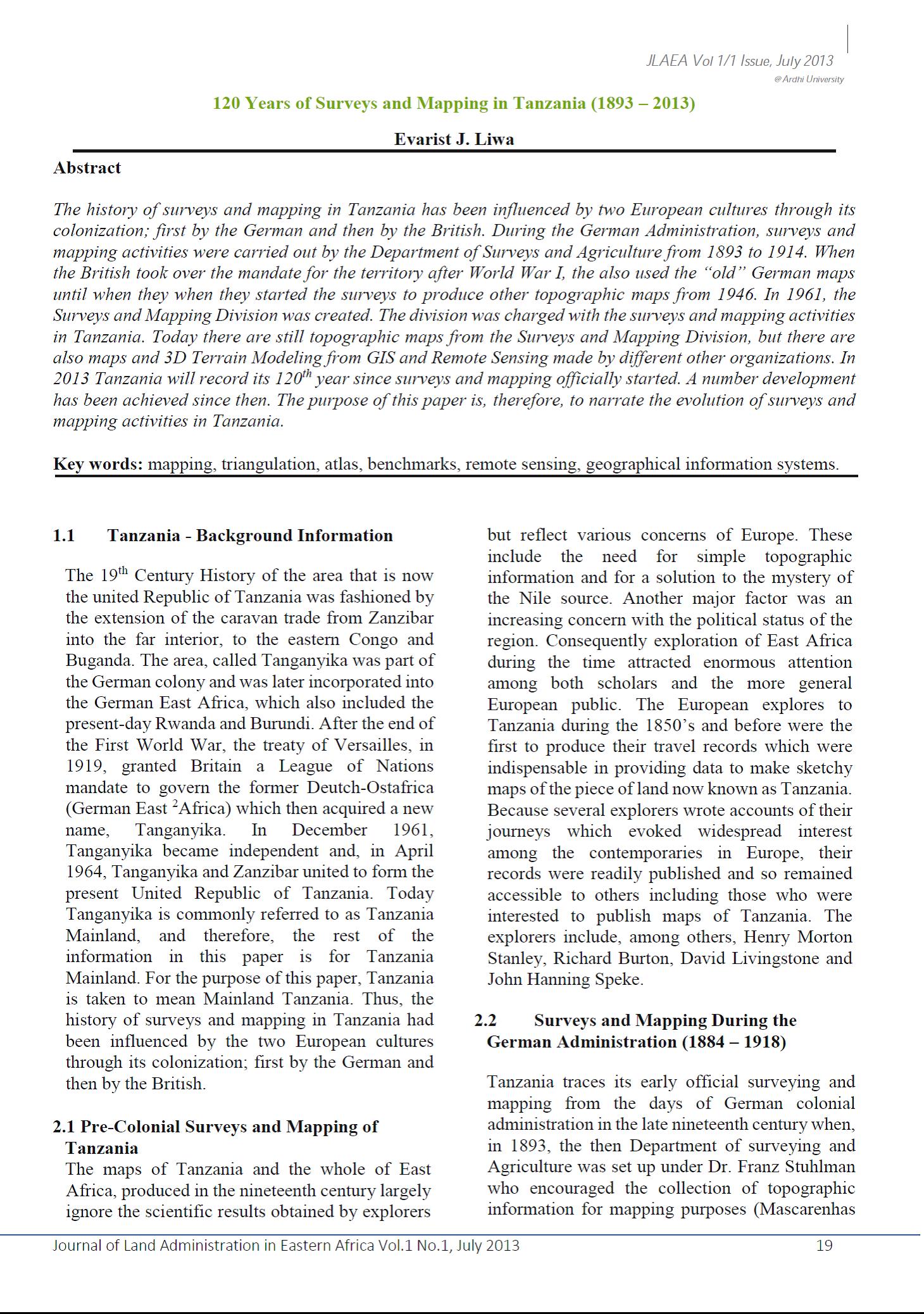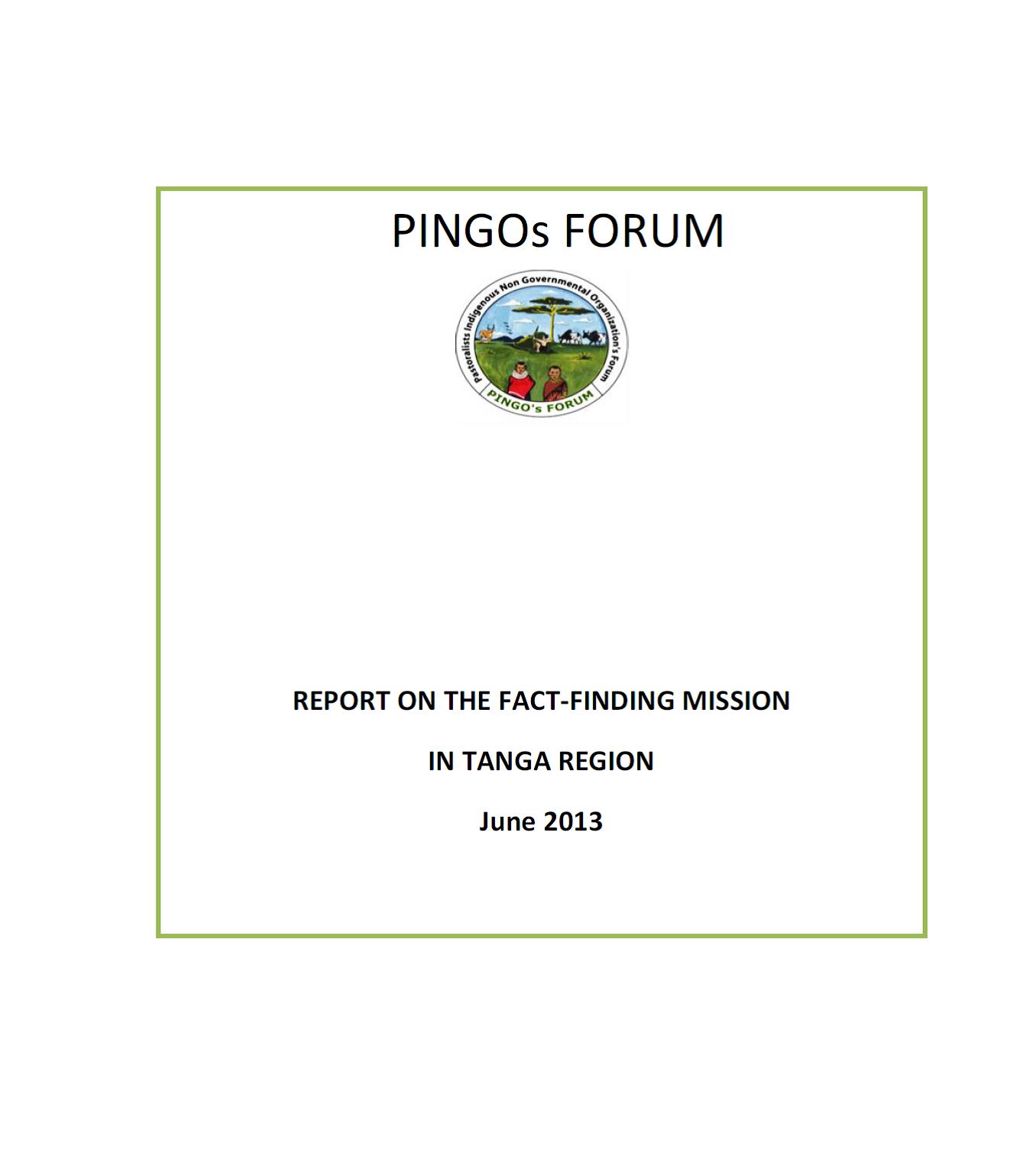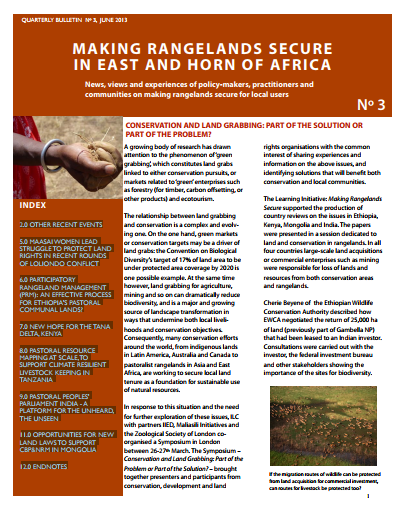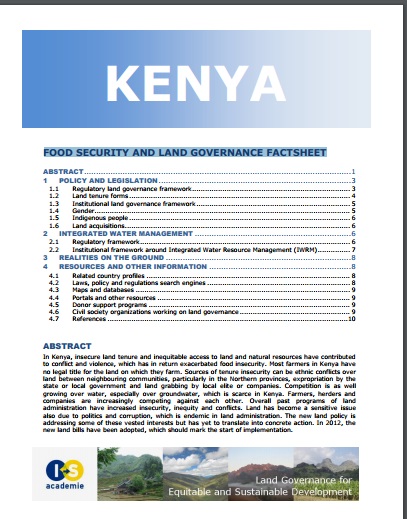State of the Art Report on Global and Regional Soil Information: Where are we? Where to go?
Under the current challenges of food security, climate change adaptation and mitigation, further provision of ecosystem services and sustainable intensification of agriculture, soil information becomes fundamental to guide wise policies and decisions. This document reviews the present availability of soil information from legacy maps and reports and from ongoing Digital Soil Mapping efforts. Currently, the soil science community is limited in its capacity to provide accurate and updated information to the different soil users.



